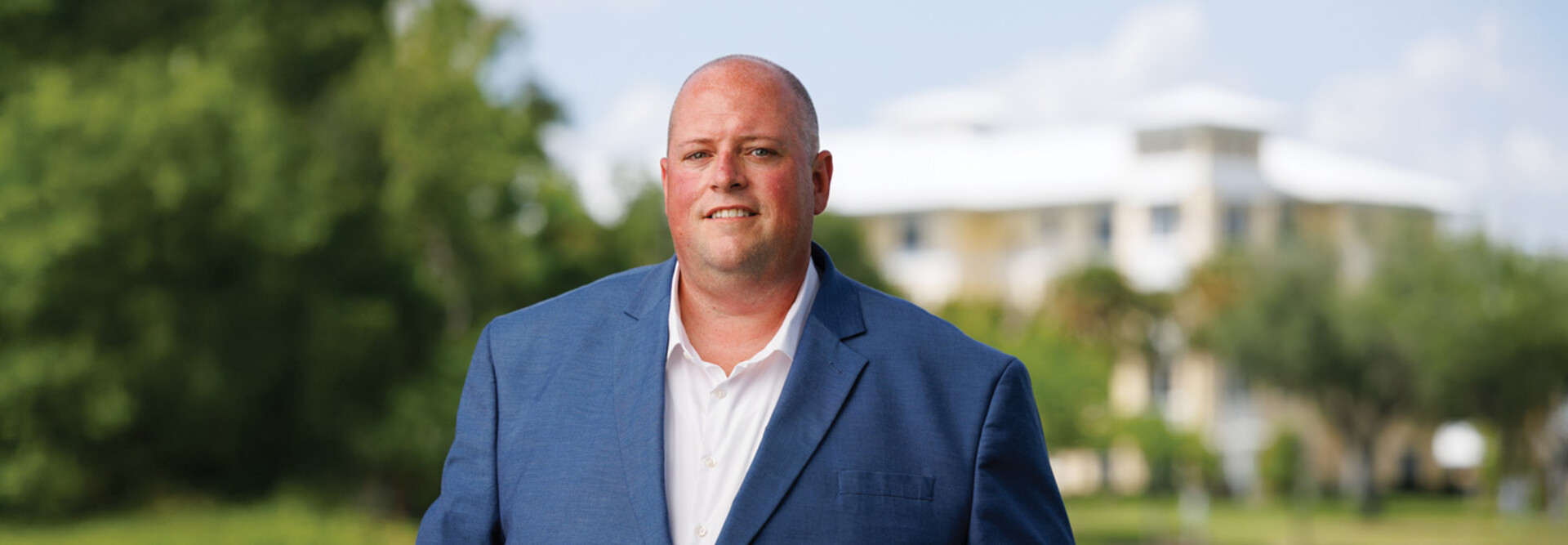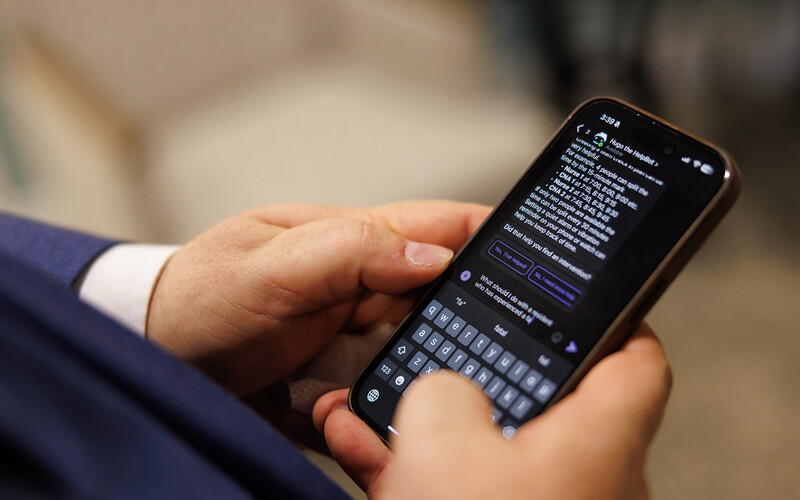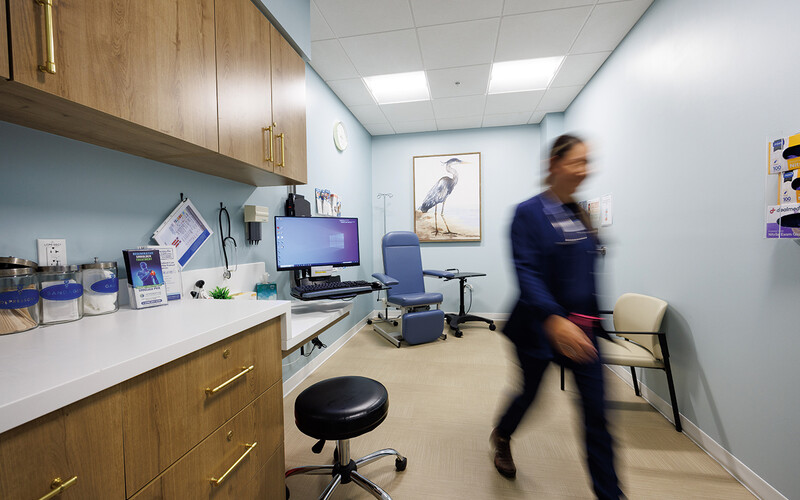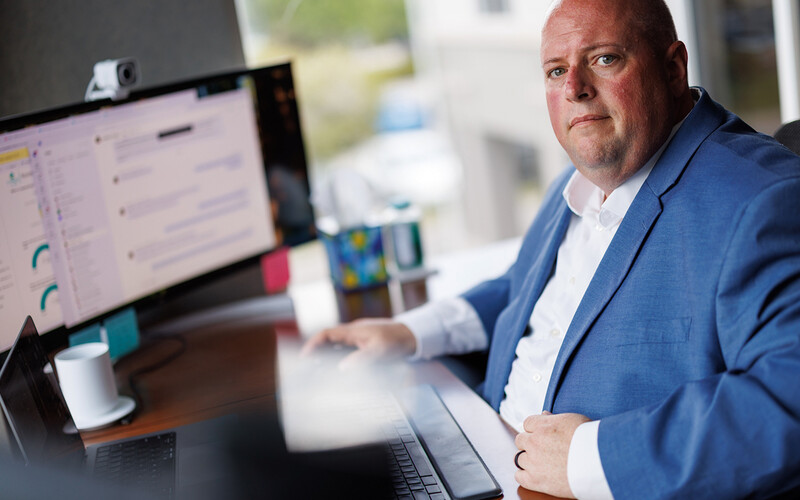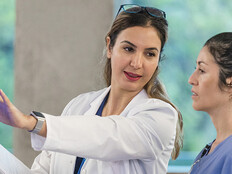Cypress Living Adopts AI To Return Valuable Time to Teams
For some time, AI has been operating in the background for the care of older adults, powering features in electronic health record systems and functional assessment tools, says Scott Code, vice president for LeadingAge’s Center for Aging Services Technologies.
However, the emergence of generative AI platforms has sparked a new wave of excitement, and Code notes that organizations are using the technology for applications ranging from social connectedness platforms to back-office operations.
But rather than adopting AI for its own sake, organizations should ensure their technology initiatives align with their larger missions, he adds.
“You shouldn’t be doing something just because everyone is talking about AI,” Code says. “Consider your priorities for the next three years and identify technologies to support those goals, whether they are AI-based or not.”
EXPLORE: Embrace generative AI and large language models in senior care.
At Cypress Living, Velderman says, up to 170 robotic process automations run every day throughout the organization, many of them via the Microsoft Power Automate platform, which creates automated workflows between various apps and services.
“Sometimes, it’s as simple as taking a paper form and saying, ‘We’re going to turn this into a digital form,’ and then automating the results of that form to an email,” he says. “We have hundreds of automated processes that run every day, and each one of those might save a phone call or some other human process. It adds up to hours every day.”
Kristina Troyer, a data scientist at Cypress Living, developed a machine learning model that can predict with better than 90% accuracy whether a resident is likely to experience a fall over the next three days, using data the organization was already collecting.
Eventually, Velderman says, robots may lift and transport residents in senior living communities, and workers may have their own “armies” of digital agents.
“I think many of our team members will shift from doing to supervising,” he says. “It’s going to be a very different mindset going forward.”



